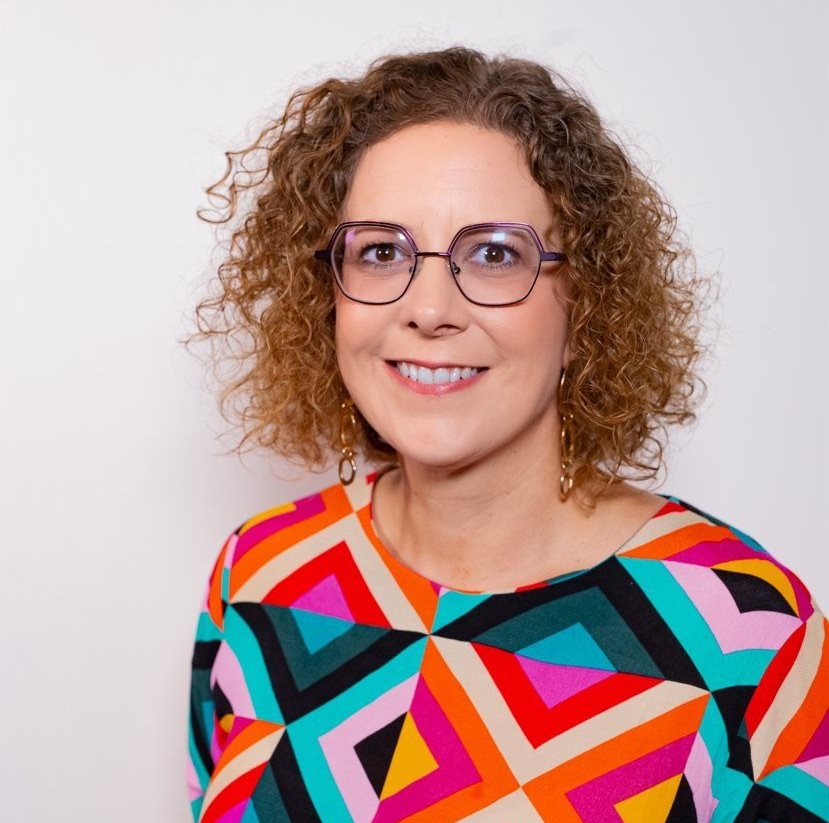Last month, we commemorated national Human Rights Day in South Africa. It gives pause to reflect on the long, hard-fought struggle for freedom and constitutional rights won 30 years ago.

George Barrett | image supplied
These include the right to quality education and access to information; both of which increasingly necessitate access to and the ability to engage safely in a global, increasingly digitalised economy.
Yet, most of the Global internet use (60%) remains concentrated in the Global North, deepening the digital divide, including across sub-Saharan Africa (SSA), where only one in five people are online.
This digital divide – the gap between those who have access to and can effectively use technology, digital tools and platforms, and access digital literacy training, and those who do not – has the potential to exacerbate existing and historically rooted socio-economic inequalities.
Inequalities are experienced differently by people, depending upon their race, gender, disability, sexual orientation, and amongst others, age. With 70% of the population under the age of thirty, it is imperative that SSA’s young people have the skills, knowledge, and capabilities to participate in the digital economy actively and meaningfully.
Digital literacy and learning pathways
Critical to their capacity to do so is access to quality (digital) education. This requires strengthening the digital literacy capabilities and skills of educators to equip learners with the relevant knowledge and skills needed to pursue employment, entrepreneurship and income-generating opportunities. It also means putting in place training and resources to effectively integrate technology into classrooms, exposing learners as early as possible to digital tools and platforms.
Digital literacy can be daunting though, including for educators, who – without prior exposure – are suddenly expected to integrate technology into their teaching methods and impart digital skills to learners.
Many educators need training, resources, and support to build their confidence and capabilities to effectively integrate digital teaching and learning into the classroom; while schools need the resources and staff trained to be able to maintain and update machines, so they don’t end up redundant, gathering dust in a classroom cupboard.
As artificial intelligence (AI) enters our classrooms, grappling with its potential as a tool in enhancing quality learning outcomes while mitigating its possible challenges will be vital.
In SSA, where hundreds of languages are spoken, AI tools could support trans-languaging teaching and learning but it is a daunting new digital realm, and access to it, or the lack thereof, could further entrench the divide.
Bridging the digital divide also means creating 21st century-relevant, digitally-enabled learning pathways and curricula for learners. Inclusive participation is also dependent on appropriate, implementable, and clear policy frameworks which create the necessary enabling environment and rubric for developing digital learning and teaching across all levels of the curricula in SSA.
Affordability, infrastructure and connectivity
However, none of the benefits of the access points touched on so far can be effectively realised if the quality infrastructure and connectivity needed are missing. Rwanda and Kenya, amongst others, have made significant investments to enhance access to critical IT infrastructure, particularly in rural areas.
Often though, there remains a widespread lack of access to quality network coverage, a stable electricity supply, quality infrastructure penetration, and reliable, constant, and fast connectivity, which continue to inhibit development.
The affordability of data across SSA is a further factor driving the digital divide. When compared to average income levels, the cost of data and devices is prohibitively high for many people.
In fact, SSA has some of the world's most expensive mobile data prices, according to the Worldwide Mobile Data Pricing report, which measured mobile data costs from June – September last year among 237 countries.
According to the report, SSA has five out of the 10 most expensive countries for mobile data across the globe, with Zimbabwe being the most expensive in both the region and the world ($43.75 for 1GB of data), followed by Saint Helena ($40.13), South Sudan ($23.70), the Central African Republic ($10.90) and Zambia ($8.01).
The unevenly shared benefits of access
This uneven access takes on many dimensions including geographical but also intersectional; with learners in well-funded schools, often located in urban areas, benefiting from greater access to devices and (faster, more stable) internet connectivity.
While learners attending less affluent and less well-resourced schools, often also located in (historically) marginalised communities, are being left behind. Girls, women and people with disabilities and marginalised backgrounds are also disproportionately excluded.
For those with access, the advantages are exponential: learners can benefit from a vast and growing array of diverse online learning platforms, access to educational databases, and creative and collaborative peer-to-peer communication platforms.
This exposure can foster cross-cultural connections, shared learning for mutual problem-solving and benefit, and innovation, opening a whole new world of educational and employment opportunities. These opportunities, in turn, often see returns that benefit families, neighbourhoods and communities as they help ignite and facilitate youth-led social enterprises that address local problems.
































